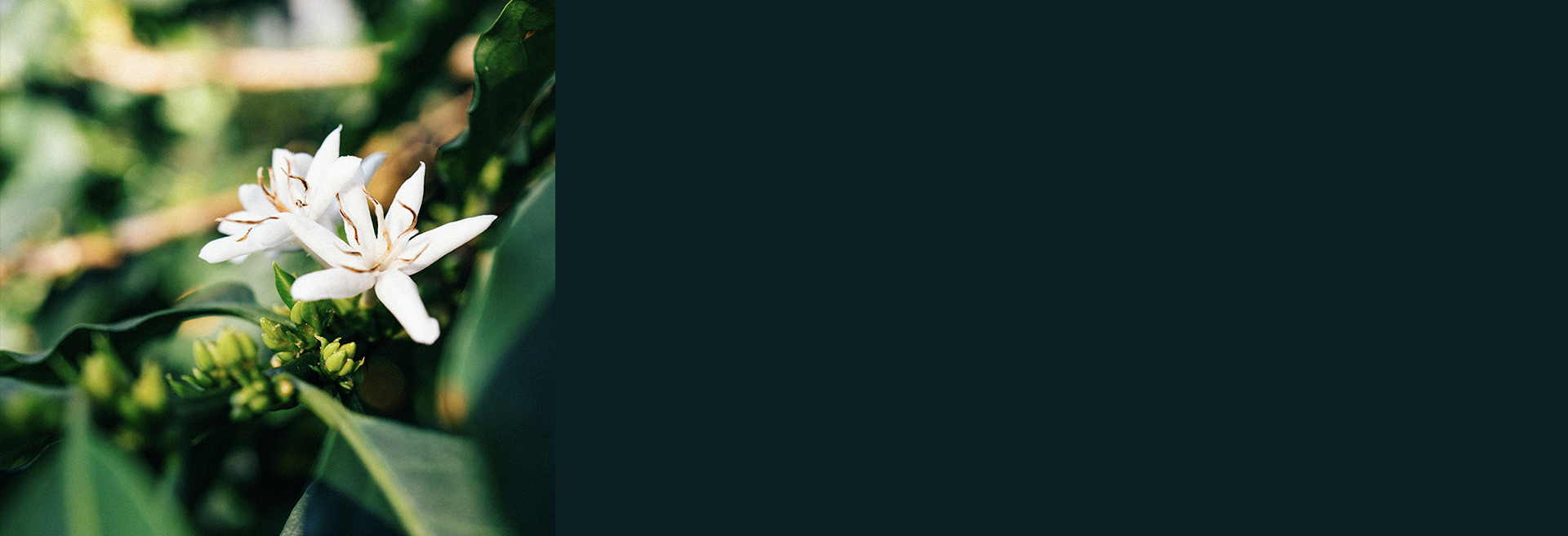Winter break · Next roast Jan. 7
Panama
Hartmann Geisha Enders Lot - Panama
250g
Cup Notes
Coffee blossom / Mango / Pineapple / Passionfruit / Lemon / Peach suggested for espresso and filter
Competition Series
QUALITY SCORE: 93.50
when we roast
We freshly roast to order all coffees on Monday, Wednesday and Friday (excluding national holidays), and ship the same day! Cut-off time is 11:59pm (UTC+1) of the day before the roast day. *We only ship whole beans*
Details
- Producer
- Hartmann Family
- Country
- Panama
- Terroir
- Chiriqui
- Altitude
- 1700 masl
- Arabica cultivar
- Geisha
- Picked in
- February 2017
- Arrived in
- August 2017
- Shipped in
- Box + Vacuum pack
- Roast profile by
- Rubens Gardelli
THE STORY BEHIND
This amazing Geisha coffee is from a lot called Enders as it was grown in a garden of a cabin built by Dr. Robert Enders. He constructed the little building in 1932 and it became both his home and practice. In 1950 Ratibor and Rinorah Hartmann bought the land that surrounded Dr. Ender’s home and began growing coffee.
Hartmann Estate lies in the picturesque sub-region of Santa Clara, close to the Costa Rican border. At 1500 meters the altitude of the Hartmann Estate is not as high as some of the other coffee estates in the region, but it’s micro-climate is more than ideal for producing high quality Arabica beans. Coffee beans are grown in the nutrient rich volcanic soil of the region, and the micro-climate provides the farm with mild-temperatures year round. The Hartmann Estate prides itself on their shade-grown coffee trees. This method of growing coffee not only helps protect the natural bird life, but also produces some of the sweetest and most aromatically pleasing coffee in the world.
This shade grown Geisha bean varietal is grown at 1700 meters on the family-owned and operated Hartmann Estate in the Santa Clara region of Panama. Its micro-climate is ideal for keeping the cherries cool during the summer with mild temperatures all year round combined with the nutrient rich volcanic soil of the region. Using modern eco-friendly and natural processing methods, this coffee yields a classic Panamanian Geisha profile -- a smooth body, honey and jasmine aroma and a lingering sweet aftertaste.
THE VARIETY
Rare, exclusive and fetching a heavy price tag, Gesha is often associated with coffees from Panama when in fact cultivation of the Gesha varietal only began there in the 1960s. Gesha is an original variety of coffee that was discovered in the 1930s in the mountains around the Southwestern town of Gesha, Ethiopia. Gesha trees grow tall and can be distinguished by their beautiful and elongated leaves. The quality of this coffee can be drastically improved when grown at extremely high elevation.
The Geisha revolution set off a intense search for Geisha among coffee buyers and a primal pilgrimage to Ethiopia to find the source of that flavor.
Its name reflects the place and year it was collected by scientists who fanned out on a research expedition in Ethiopia to catalogue its coffee varieties.
THE FERMENTATION PROCESS
Dry process seems simple: pick the fruit, lay it out in the sun until it turns from red to brown to near-back, and then hull off off the thick, dried outer layer in one step to reveal the green bean. It is a method suited to arid regions, where the sun and heat can dry the seed inside the intact fruit skin.
It's often referred to as "natural coffee" because of its simplicity, and because the fruit remains intact and undisturbed, a bit like drying grapes into raisins. Since it requires minimal investment, the dry process method is a default to create cheap commodity-grade coffee in areas that have the right climate capable of drying the fruit and seed.
But it’s a fail in humid or wet regions. If the drying isn't progressing fast enough, the fruit degrades, rots or molds.
Dry-processed coffees can also be wildly inconsistent. If you want a cleanly-fruited, sweet, intense cup, dry process (DP) takes more hand labor than the wet process. Even the most careful pickers will take green unripe or semi-ripe coffee off the branch as they pick red, ripe cherry. If these are not removed in the first days of drying, the green turns to brown that is hard to distinguish from the ripe fruit.



